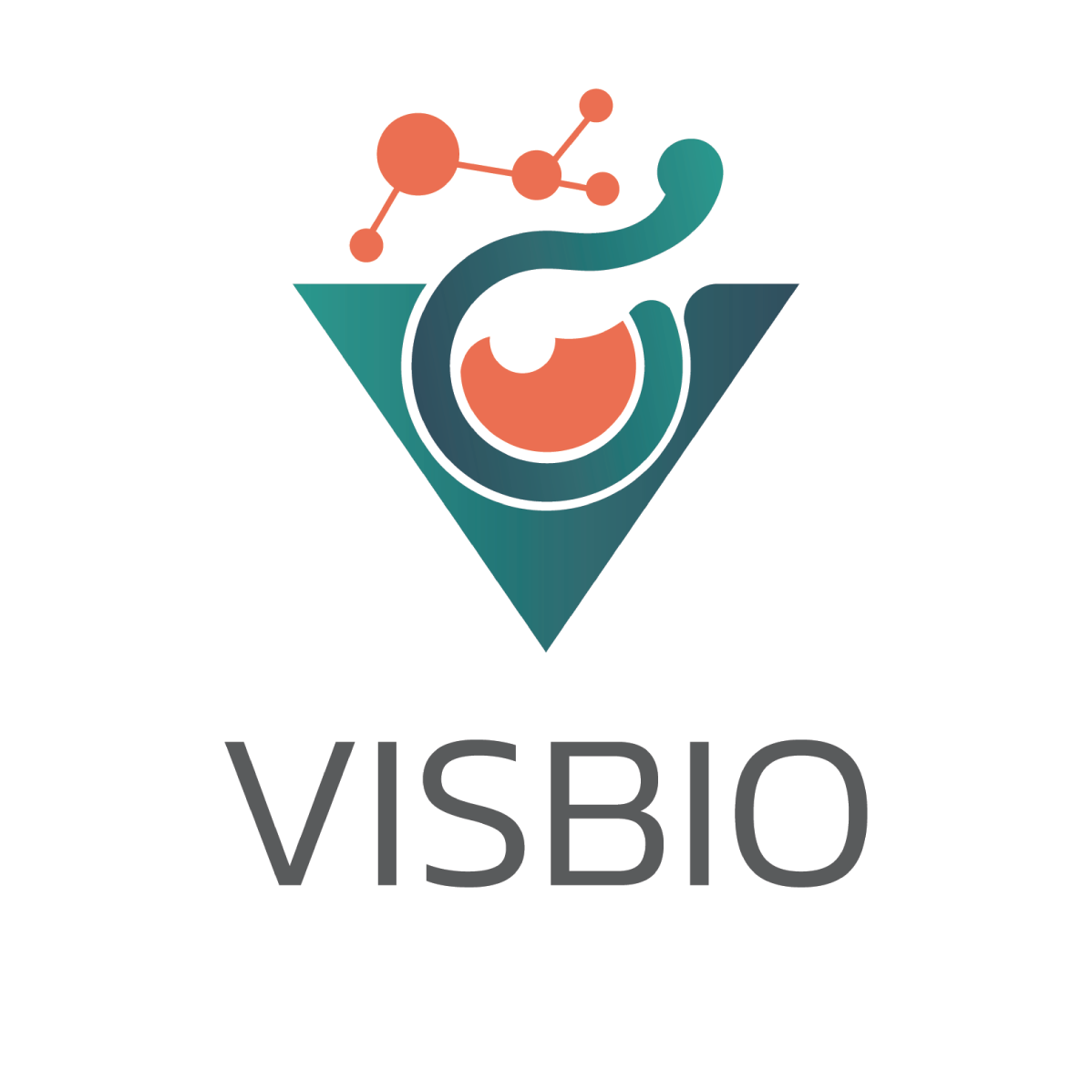
Senolytics: In-depth Ex-Vivo Efficacy Testing for Anti-aging
Senolytics represent a novel class of active compounds revolutionizing the field due to their specific design to eliminate senescent cells. The term “Senolytics” was formally coined in 2015, and this approach has rapidly emerged as a potentially transformative strategy within the cosmetic and pharmaceutical industries. It focuses on addressing the root cause of aging by eradicating these “zombie cells.” The primary objective of employing senolytics is to reduce the burden of senescent cells, thereby restoring tissue structure and function to a more youthful state. The skin, as the organ most visibly manifesting signs of aging, renders its deterioration process readily observable through visible and tactile cues such as wrinkles, loss of elasticity, and impaired wound healing, all of which are directly linked to the accumulation of senescent cells. This characteristic makes the skin an ideal candidate for topical application of active agents.
Senolytics: Mechanism of Action for Anti-aging
Definition of Senolytics and “Zombie Cells”
Senolytics are a group of substances designed to selectively induce apoptosis in senescent cells. These senescent cells, also known as “zombie cells,” are characterized by arrested cell division yet remain highly metabolically active, resist apoptosis, and, critically, secrete a plethora of deleterious inflammatory factors that adversely affect surrounding healthy tissues.
Impact on Skin Health
A hallmark of senescent cells is the secretion of a complex array of biomolecules termed the Senescence-Associated Secretory Phenotype (SASP). This secretome includes pro-inflammatory cytokines (e.g., IL-6, IL-8, TNF-alpha), chemokines (e.g., CXCL10), growth factors, proteases (e.g., Matrix Metalloproteinases – MMPs), and bioactive lipids. These SASP factors play a crucial role in modulating the proliferation and migration of immune cells, enabling senescent cells to stimulate, inhibit, modify, or evade immune responses. The persistent and chronic secretion of SASP promotes a sustained inflammatory state, degradation of the Extracellular Matrix (ECM), and significant collagen loss. These are direct causes of visible signs of skin aging, such as wrinkles, sagging, and compromised wound healing.
By specifically eliminating senescent cells, senolytics effectively interrupt this destructive cycle, reducing inflammation, fostering an environment conducive to healthy cell growth, stimulating cell turnover, and reinforcing the skin’s natural repair mechanisms.
Observed Functional Benefits and Changes in Skin Biomarkers
- Attenuates the degradation of type I and type III collagen in the dermis.
- Reduces the accumulation of γH2A.X, a DNA damage marker, in the epidermis.
- Decreases the expression of inflammatory biomarkers such as MMP-1, MMP-2, MMP-3, MMP-9, IL-6, IL-8, and CXCL10.
- Increases the expression of mitochondrial health markers (e.g., MTCO-1, TFAM, VDAC/porin) and key molecules in the stem cell matrix, such as Collagen 17A1, which typically declines with age.
- Restores skin elasticity, reduces redness, and enhances the skin’s defense against oxidative stress.
A thorough understanding of the mechanism of action of senolytics highlights the intricate link between senescent cells, SASP secretion, chronic inflammation, and ECM degradation – pivotal mechanisms underlying skin aging. Data from numerous studies indicate a direct causal relationship: senescent cells trigger SASP secretion, which drives inflammation and ECM degradation, ultimately leading to visible signs and functional detriments in the skin. The ability of senolytics to directly intervene and eliminate the source of this process confirms their status as a therapeutic strategy targeting the root cause of skin aging, rather than merely managing its symptoms.
This cellular-level correction can create a “healthier” skin microenvironment, fostering synergistic potential with other anti-aging ingredients (e.g., retinoids, peptides, and antioxidants). Senolytics prepare the skin for more effective repair and rejuvenation by reducing the inflammatory burden and promoting a more robust ECM. This in-depth understanding also underscores the importance of measuring SASP components (e.g., cytokines, MMPs) as direct indicators of senolytic efficacy.
ELISA Analysis in Ex-Vivo Senolytic Testing
ELISA (Enzyme-Linked Immunosorbent Assay) is a potent and widely utilized immunoassay technique for the quantitative measurement of specific proteins, including senescence markers and key SASP components. Consequently, ELISA plays a critical role as a quantitative tool to substantiate the mechanism of action of senolytics.
A key advantage of ELISA is its capacity for precise and specific quantification of target proteins. Applying this technique to SASP components (e.g., IL-6, MMP-1) and structural proteins (e.g., collagen) in ex-vivo human skin allows researchers to concretely assess the impact of senolytics on the molecular mechanisms underlying skin aging. This information provides profound insights into skin rejuvenation processes, such as the reduction of inflammatory mediators and the protection of ECM integrity from degradation.
This capability is of paramount importance to the cosmetic and pharmaceutical industries, enabling product developers not only to claim “anti-aging” properties but also to support these claims with empirical, measurable data on specific biological mechanisms. Such mechanistic understanding is essential for regulatory approval, scientific publication, and building consumer confidence. It represents an elevation from conventional, observation-based assessments to in-depth investigations founded on scientific evidence and mechanisms of action, thereby facilitating the development of more targeted and effective senolytic formulations and products.
Senolytics: In-depth Ex-Vivo Anti-aging Efficacy Testing on Human Skin
Senescent cells are cells that have ceased dividing but remain viable and release various substances detrimental to surrounding tissues, collectively known as the Senescence-Associated Secretory Phenotype (SASP). This includes inflammatory mediators, collagen-degrading enzymes, and various growth factors. The accumulation of senescent cells in the skin, particularly when continuously stimulated by external factors such as UV radiation in tropical environments, is a significant cause of skin deterioration, chronic inflammation, and the degradation of collagen and elastin structures, leading to wrinkles, sagging, and other signs of aging.
Senolytics are a class of compounds with the ability to selectively eliminate senescent cells from tissues without harming normal cells. Reducing the senescent cell burden and SASP levels is therefore a novel strategy for decelerating aging, rejuvenating the skin, and diminishing wrinkles. In-depth efficacy assessment of senolytics in anti-aging can be performed using an ex-vivo human skin model, a system that preserves the skin’s structural and biological conditions.
Examples of Products, Active Ingredients, and Topical Medications Suitable for This Testing:
1. Products:
- Advanced anti-aging products aimed at cellular skin rejuvenation and reducing signs of aging at their source.
- Serums or creams containing ingredients known to possess senolytic-like properties or to help manage senescent cells.
- Products for sun-damaged skin.
2. Active Ingredients:
- Flavonoids: e.g., Quercetin, Fisetin, which have research supporting their senolytic properties.
- Certain plant extracts: Reported to exhibit senolytic activity or reduce SASP (e.g., ginseng extract, green tea extract).
- Synthetic compounds: Currently under research and development specifically as senolytics for dermatological use.
- Substances that enhance cellular autophagy, another mechanism contributing to the removal of damaged cells.
3. Topical Medicine:
- Currently, topical senolytic drugs are predominantly in the research phase but hold potential for development in treating age-related skin diseases or conditions characterized by excessive senescent cell accumulation.
Literature:
- Wyles, S. P., Carruthers, J. D., Dashti, P., Yu, G., Yap, J. Q., Gingery, A., Tchkonia, T., & Kirkland, J. (2024). Cellular Senescence in Human Skin Aging: Leveraging Senotherapeutics. Gerontology, 70(1), 7–14.
- Myrianthopoulos, V. (2018). The Emerging Field of Senotherapeutic Drugs [Editorial]. Future Medicinal Chemistry, 10(20), 2369-2372.
- Blagosklonny, M. V. (2021). Anti-aging: senolytics or gerostatics (unconventional view). Oncotarget, 12(18), 1821–1835.
- McCarty, T. Y., & Kearney, C. J. (2025). Human dermal fibroblast senescence in response to single and recurring oxidative stress. Frontiers in Aging, 6, 1504977.

